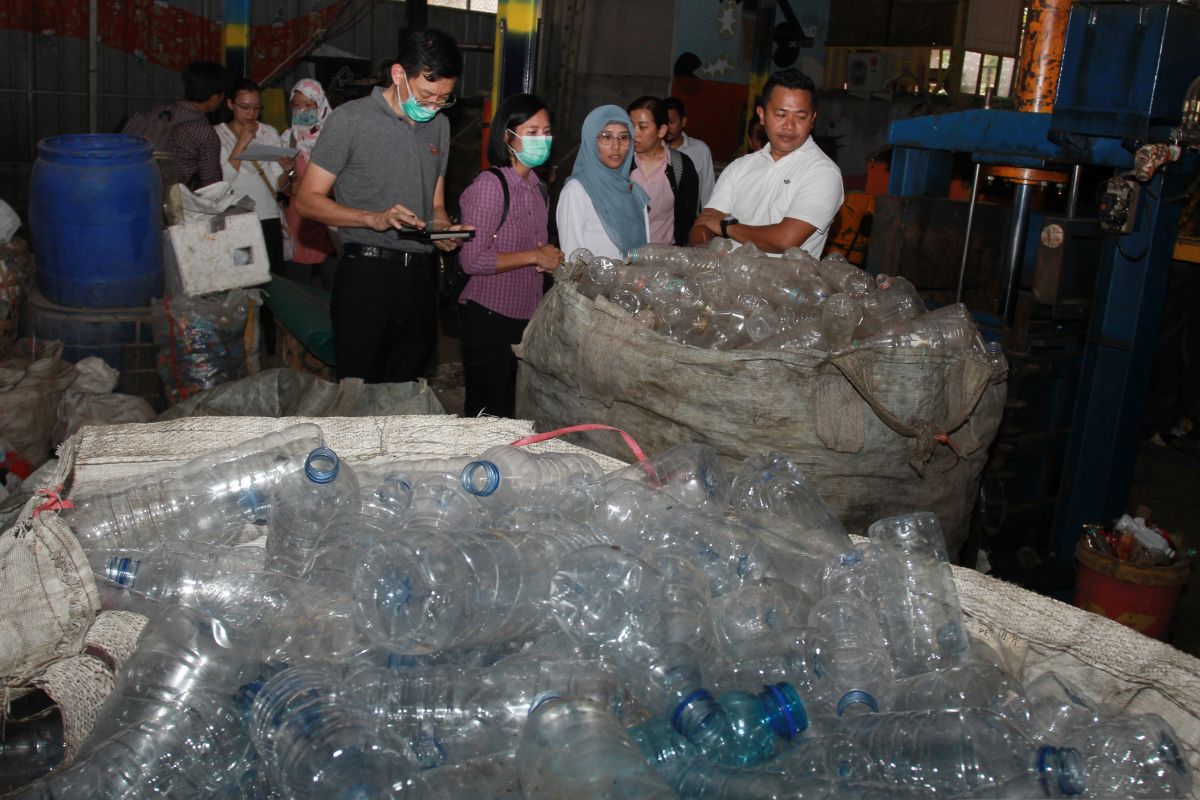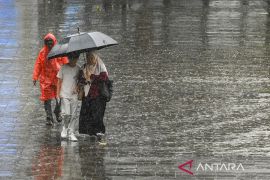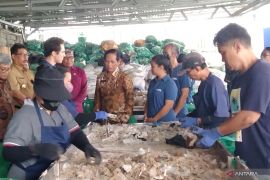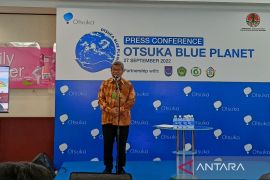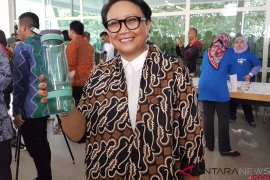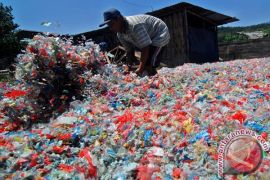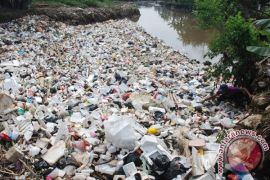These three issues are closely linked to plastic pollution, which was the focus of World Environment Day 2025, observed on June 5.
Plastic pollution harms ecosystems and ultimately leads to the death of flora and fauna. Damage to ecosystems—especially those with significant carbon storage capacity, such as mangroves—is one of the factors contributing to the Earth’s rising surface temperature.
Plastics make up the second-largest segment of discarded materials in Indonesia after food waste. According to the National Waste Management Information System (SIPSN), plastic waste accounted for 19.74 percent of the 34.2 million tons of waste reported by 317 districts and cities in 2024.
This percentage has increased, from 11 percent in 2010 to 19.26 percent in 2023.
Unlike organic waste, such as food scraps, which can decompose naturally, plastic—made from fossil fuels—can take hundreds of years to break down.
Even when plastics partially degrade, they persist as microplastics and nanoplastics—tiny particles that enter the bodies of animals and humans, accumulate, and cause health problems.
Data from the United Nations Environment Programme (UNEP) estimate that globally, around 9 to 14 million tons of plastic waste entered the oceans in 2020. This amount could rise to 23 to 37 million tons by 2040, and 155 to 265 million tons by 2060.
According to Muhammad Reza Cordova, a researcher at the National Research and Innovation Agency (BRIN), 10-20 percent of waste from activities in Indonesia ends up in international waters, potentially reaching as far as South Africa within a year.
His research also highlights potential economic losses from plastic waste leaking into the oceans. Based on average annual estimates, 484,000 tons of waste leak into the ocean, with an estimated economic loss ranging from Rp25 trillion (around US$1.5 billion) to Rp255 trillion (around US$15.3 billion) per year.
On the government side, since President Prabowo Subianto’s inauguration in October 2024, the Ministry of Environment has been tasked with addressing Indonesia’s waste issues—from halting the import of raw materials for the recycling industry to cracking down on landfills practicing open dumping.
So far, the ministry has imposed administrative sanctions on 343 landfills managed by local governments.
Some landfills have even been closed, despite protests from residents, such as the Basirih Landfill in Banjarmasin.
To achieve the target of 100 percent waste management by 2029, the government has accelerated efforts, including constructing waste-to-energy plants (PLTSa) in 33 locations, up from the original target of 12.
The development and use of refuse-derived fuel (RDF) are also being pursued. Environment Minister Hanif Faisol Nurofiq has called for facilities like the Rorotan RDF Plantin Jakarta, which faced local opposition, to begin operations immediately.
However, none of these solutions can succeed without collaboration between stakeholders: the government, society, communities, and businesses.
Related news: Indonesia to mandate producers manage plastic waste from packaging
Related news: Curb plastic waste to prevent transboundary pollution: RI Govt
Long-term efforts
Changing people’s habits is challenging. Even the 2005 Leuwigajah Landfill disaster in West Java, which claimed 157 lives, failed to significantly raise public awareness about the urgency of proper waste management.
It is essential to recognize that changing public perspectives and habits regarding waste takes time—and there is no better time to start than now. This shift is necessary to support the technologies the government plans to deploy.
Indonesia already has a key legal instrument for initiating change: Law Number 18 of 2008 on Waste Management. The next step is ensuring compliance from all sectors. Public outreach, coupled with supervision and a sense of individual responsibility, is vital to achieving this goal.
A waste management system that actively involves the community must be consistently implemented, with strong compliance, integrated into all levels of education by the government, and supported by businesses.
A positive example is the ban on single-use plastic bags in several cities, enforced by regional governments.
A 2023 survey by digital research company Populix, involving 1,018 respondents, found that 80 percent had brought their own shopping bags and water bottles.
This progress stems not only from regulations but also from business participation—such as stores that no longer provide single-use plastic bags or charge high prices for them.
This reflects a successful formula for implementation: regulation, supervision, and business participation—which ultimately shapes community habits.
If this approach is sustained and scaled up, Indonesia’s goal of 100 percent waste management by 2029, as outlined in the National Medium-Term Development Plan (RPJMN), can become a reality rather than just an aspiration.
Related news: Lifestyle change key to Indonesia's plastic waste control
Related news: Indonesia pushes multilateral cooperation to tackle plastic pollution
Translator: Prisca Triferna, Raka Adji
Editor: M Razi Rahman
Copyright © ANTARA 2025
